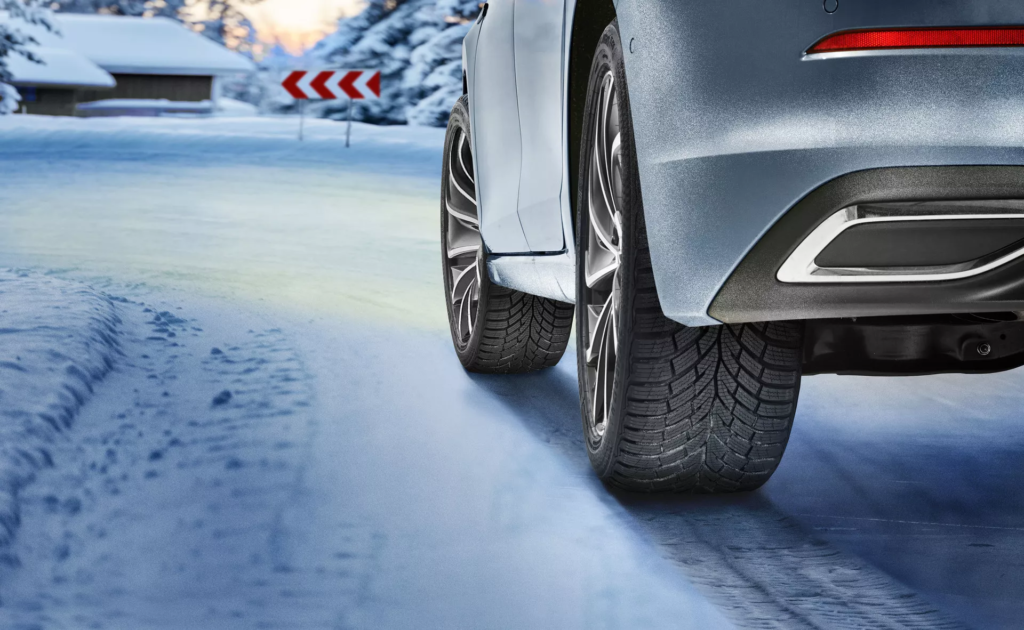ADAC has published its annual winter tyre test, which has changed its methodology since last year and focuses much more on the environment and sustainability, which makes up 30% of the overall score now, which is a lot. Due to the different criteria, the results tend to be different compared to other tests and this year is no different in the 225/45 R17 size.

☰
The lineup
There were 11 tyres tested, but we didn’t see any of the new tyres – the Nokian Snowproof is still listed here in its first version despite the Nokian Snowproof 2 being released, and the GoodYear UltraGrip Performance 3 is also missing, with the older GY UG Performance+ version in its place.
In the first place we find a proven tyre from Continental, the WinterContact TS870. It earned the top spot mainly thanks to its above-average handling characteristics on snow, where ADAC is one of the few to measure braking distance on ice, where the aforementioned Continental excels. The second discipline where the tyre excels is endurance – which the ADAC predicts at 55,900 km.
The Michelin Alpin 6 comes in second place, a tyre that fares even better in the environmental assessment, mainly because of its mileage, which is projected at 61,000 kilometres. Again, it is also very strong in braking on ice, a discipline that other tests tend to leave out. Compared to the Continental, it lags especially in the wet, but otherwise it is still the second best in the test in terms of driving characteristics.
The GOODYEAR UltraGrip Performance+ is similar, but doesn’t offer as much durability and sustainability, dropping it to third place behind the Michelin. It would be interesting to see how the newer UltraGrip Performance 3 would compare. Fourth then is a tyre introduced back in 2015, which hasn’t fared so well in more recent tests, but manages to succeed here precisely because of its emphasis on the environment, particularly its durability. However, in the wet, its rating was downgraded to satisfactory, which worsened its overall handling score.
Bridgestone – elsewhere a winner, here second to last – why?
There are plenty of other tyres in the test too, I recommend you check out the full table at the link below, which will give you an overall view of each tyre’s qualities. But I still want to focus in the rest on how the BRIDGESTONE BLIZZAK LM005 can win some tests and in some be at the bottom of the starting table, like here in the ADAC test. It shows demonstratively how tyre tests should be viewed. Because you can’t just take the test results in absolute order, you need to interpret them for your particular use case.
So let’s take a look at the results of the Bridgestone tyre mentioned – when we compare the individual disciplines with other tests, the measured values are similar. So how is it possible that it came 11th? It’s because of the different priorities of the different tests. The ADAC gives the worst sub-discipline the overall mark in both main disciplines measured. So if a tyre gets a rating of 4 in snow, it can’t get a better overall grade than a 4. That’s what happened to the Bridgestone – it got a 3.2 for snow, and that’s because of braking on ice, which, as we’ve already said, the other tests don’t measure. Because of the aforementioned logic of the test, its above-average snow braking performance didn’t help, putting it at a 3.2 overall, and the environmental performance category was then spoiled by its mileage, which was measured at just 36,100km, the lowest in the test. In other tests it doesn’t fare this badly, however here it is due to the fact that it was mainly touring tyres that were featured in the test, whereas in other tests it is often pitted against UHP tyres.
Summary
Overall, after the change in the scoring mechanism, the ADAC tests need to be looked at a little differently – if you are primarily concerned with handling, it’s a good idea to go through the test tyre by tyre and assess what criteria are important to you. Also, check other winter tyre tests for 2023 to gain a comprehensive understanding of the options available to you. It’s a bit of a shame to see the absence of newer models, or models strictly for EVs, when it comes to assessing environmental impact. But hopefully we will see that next time.